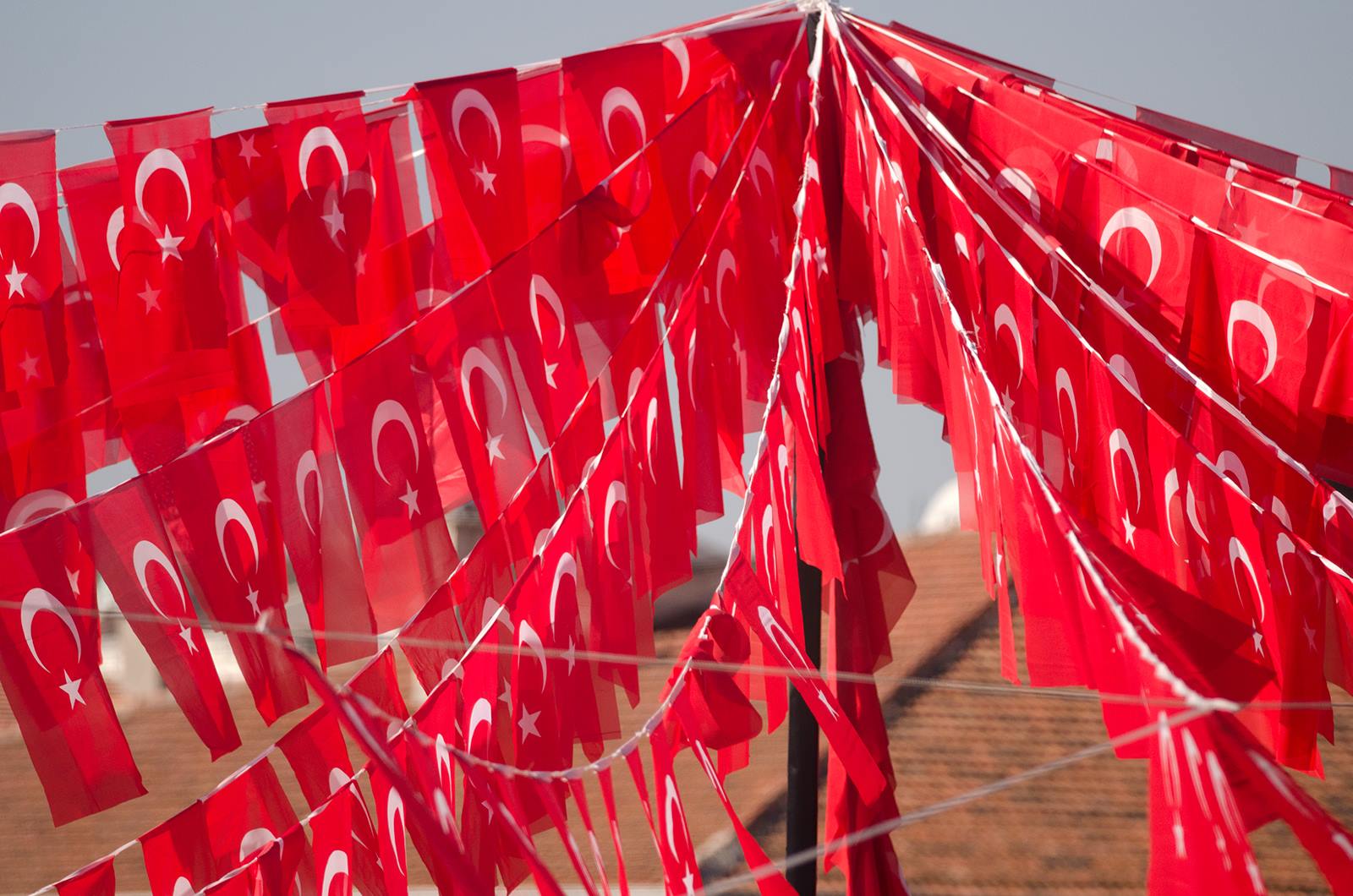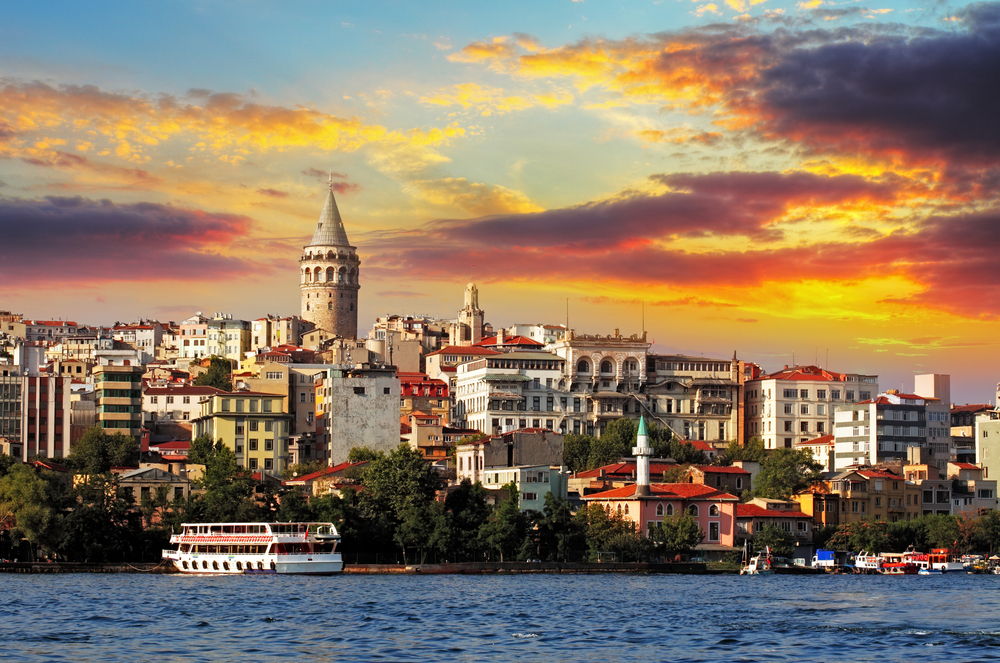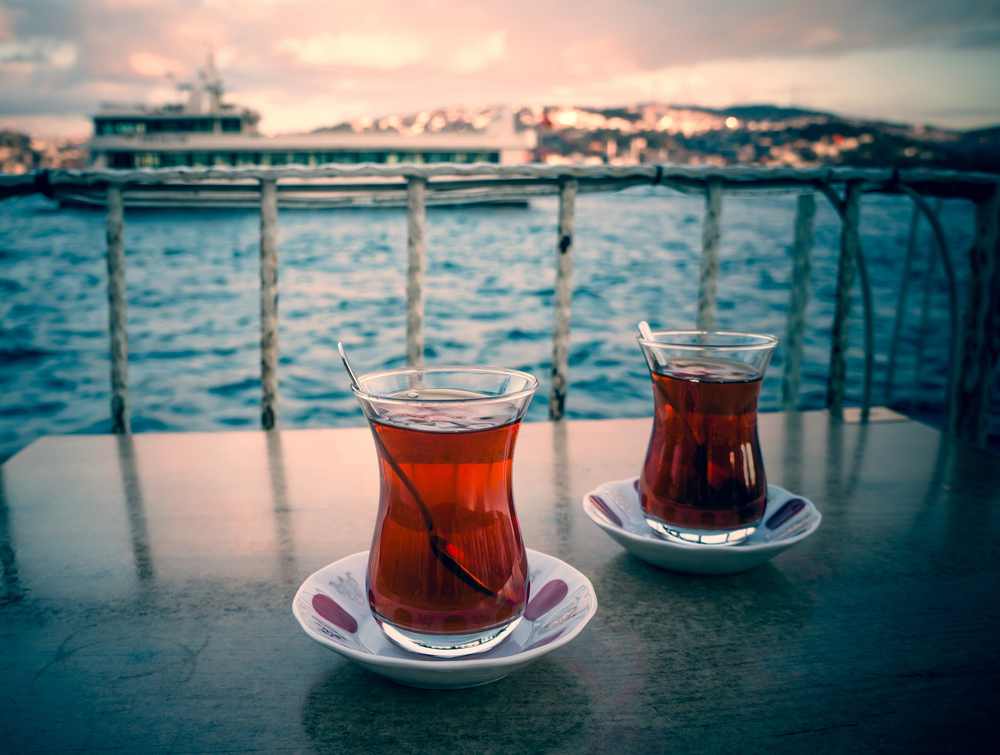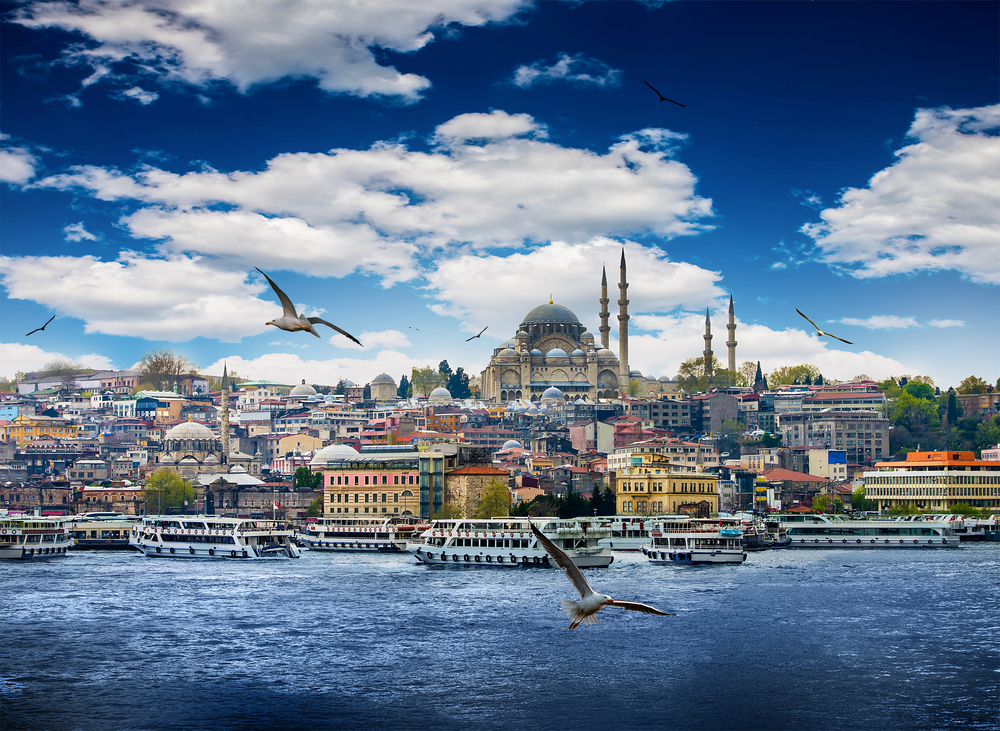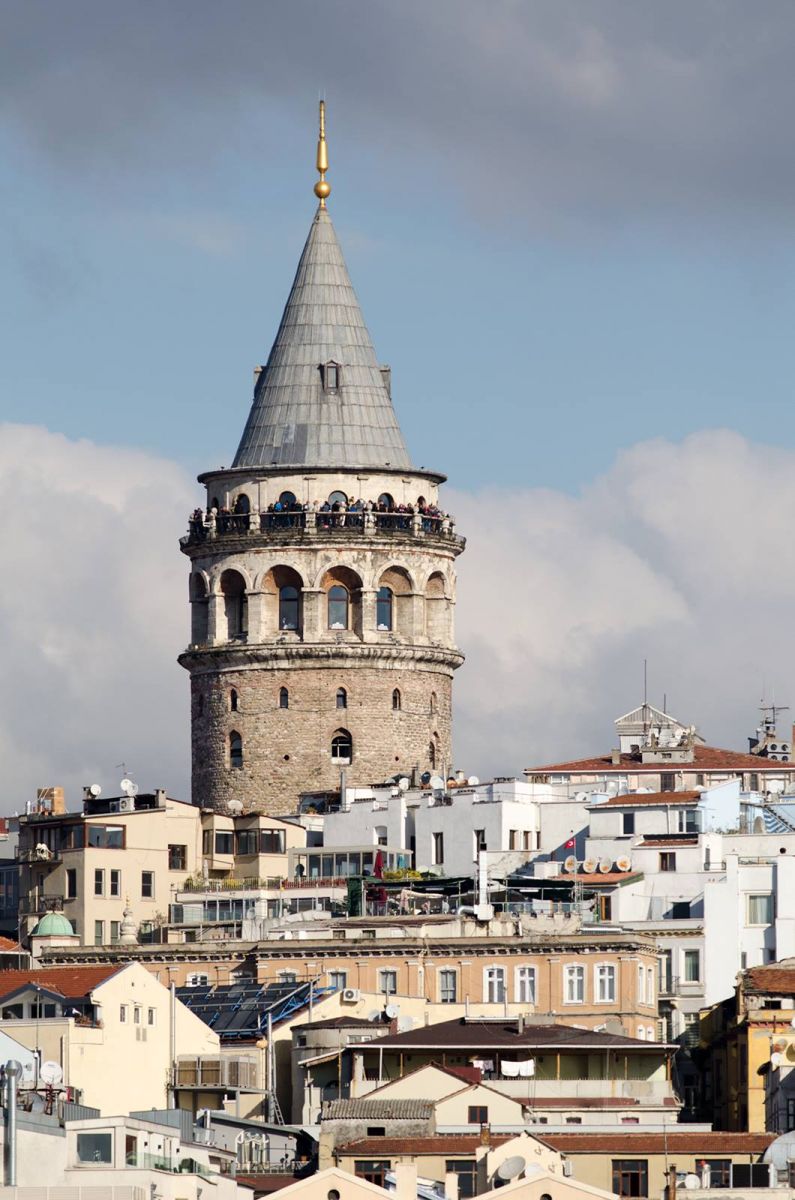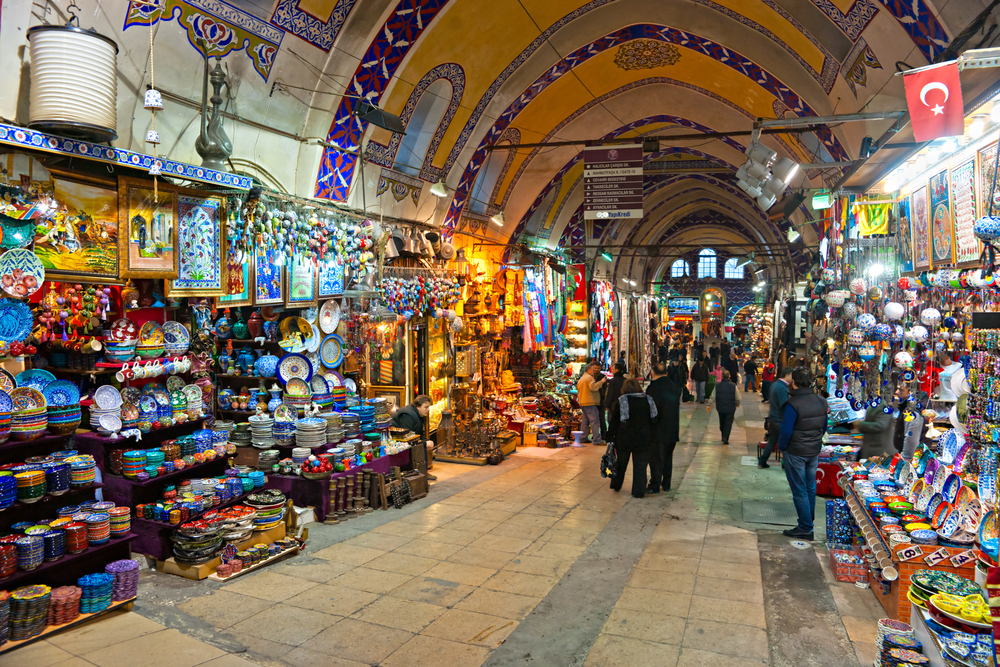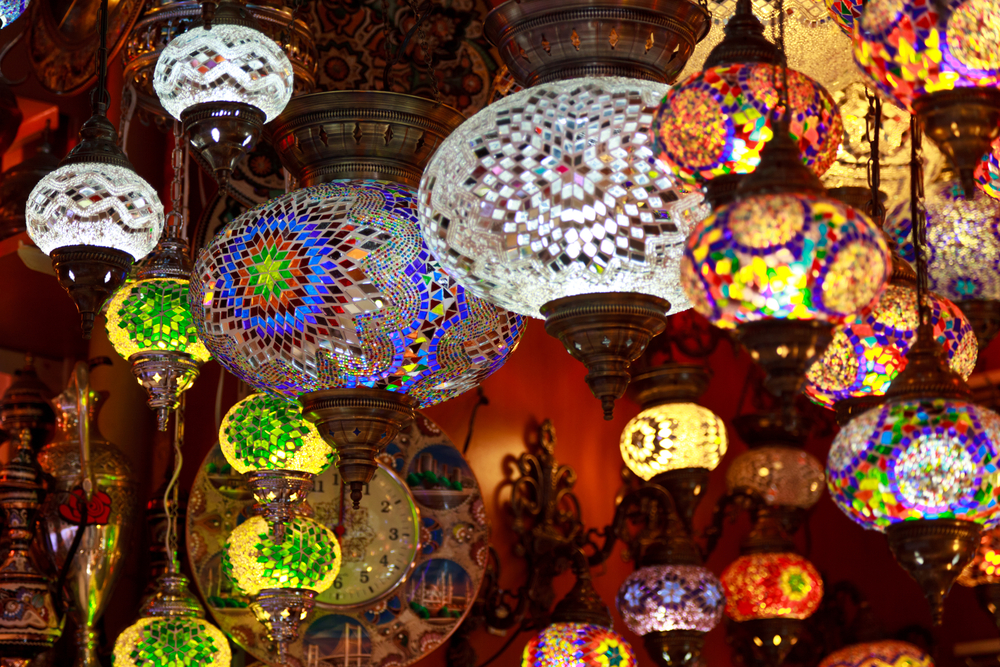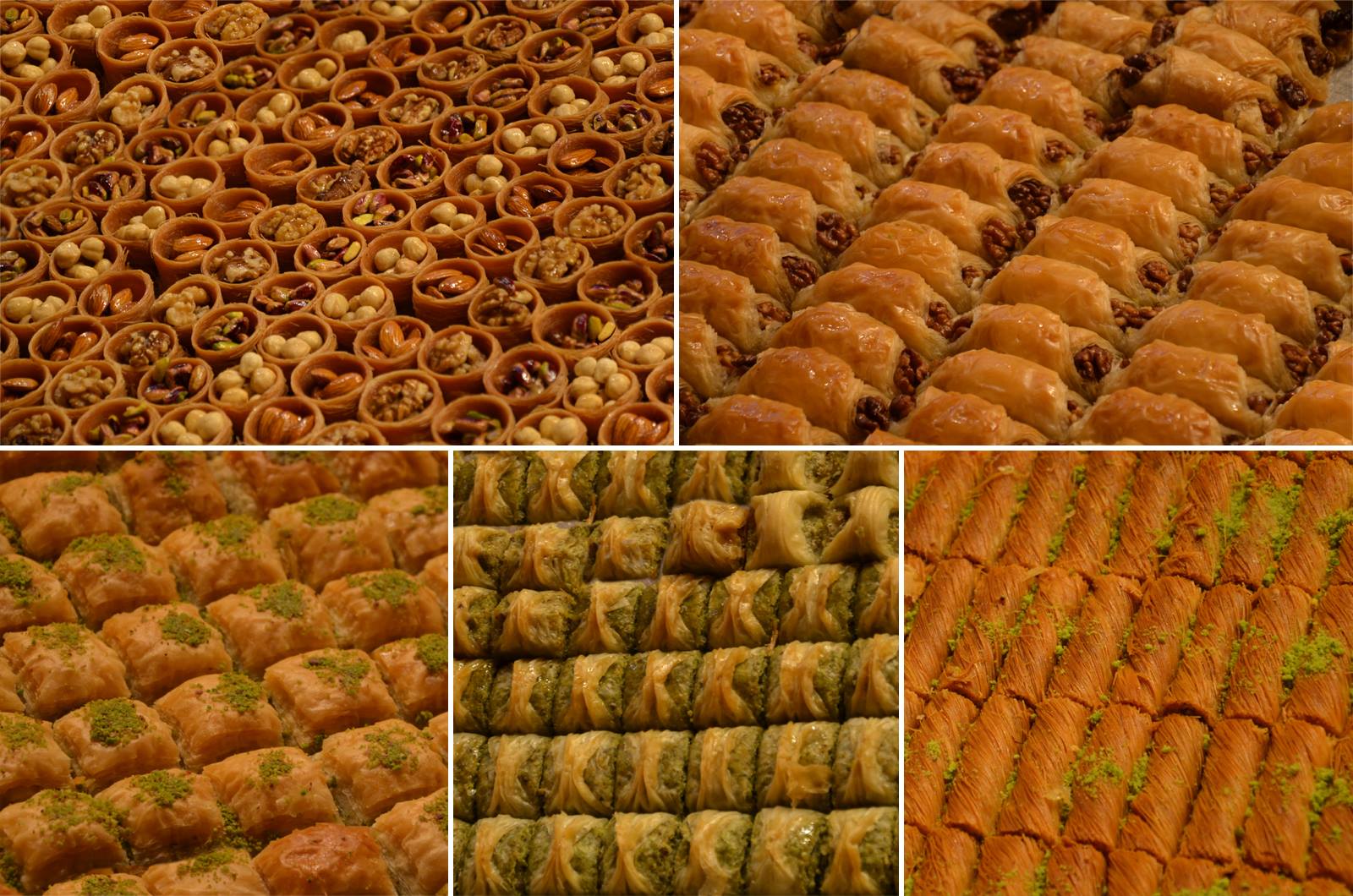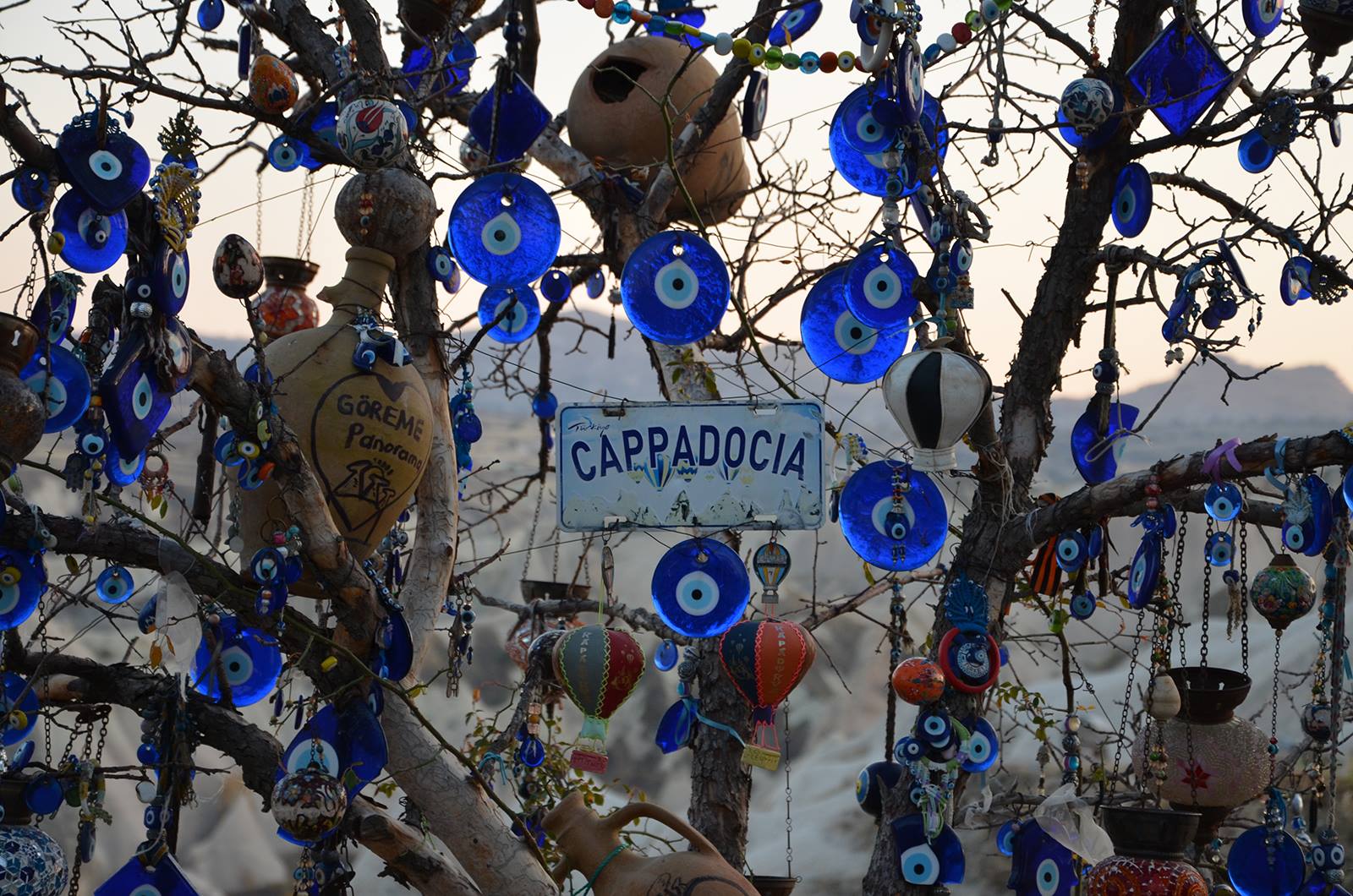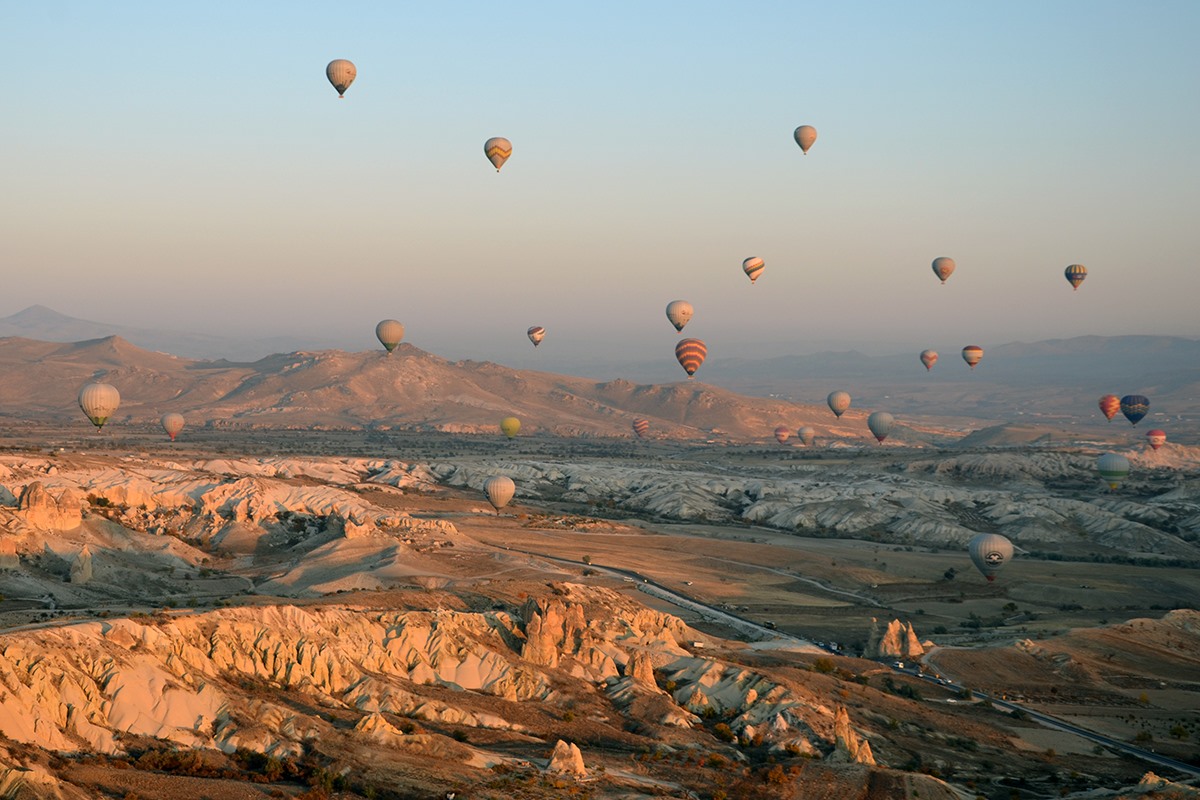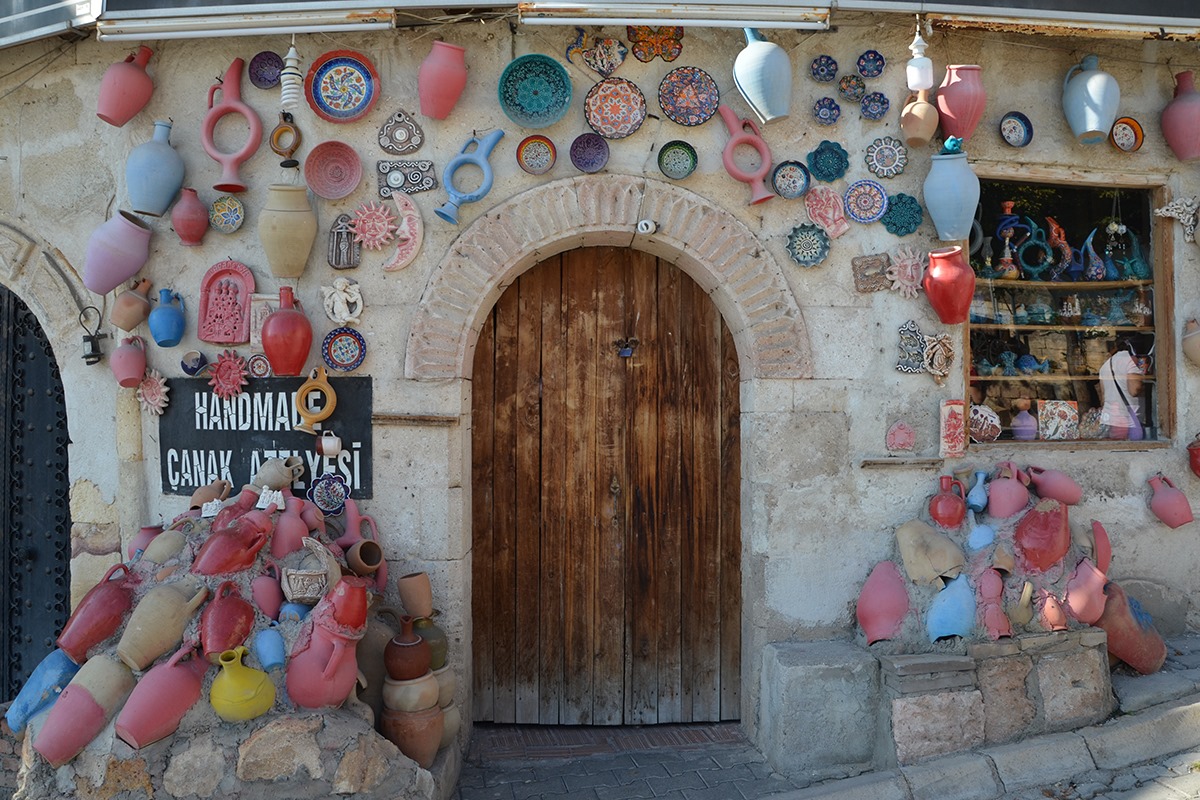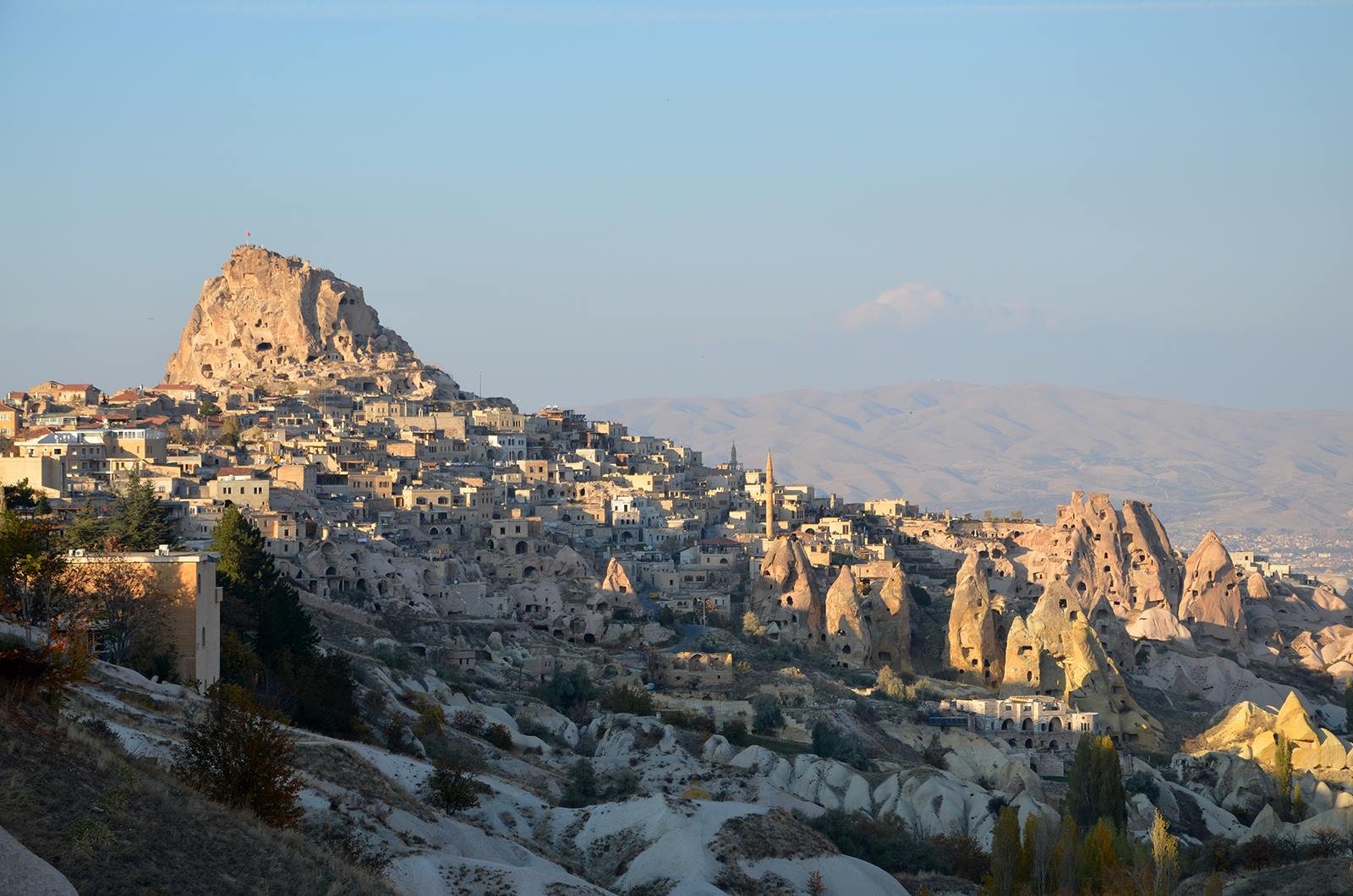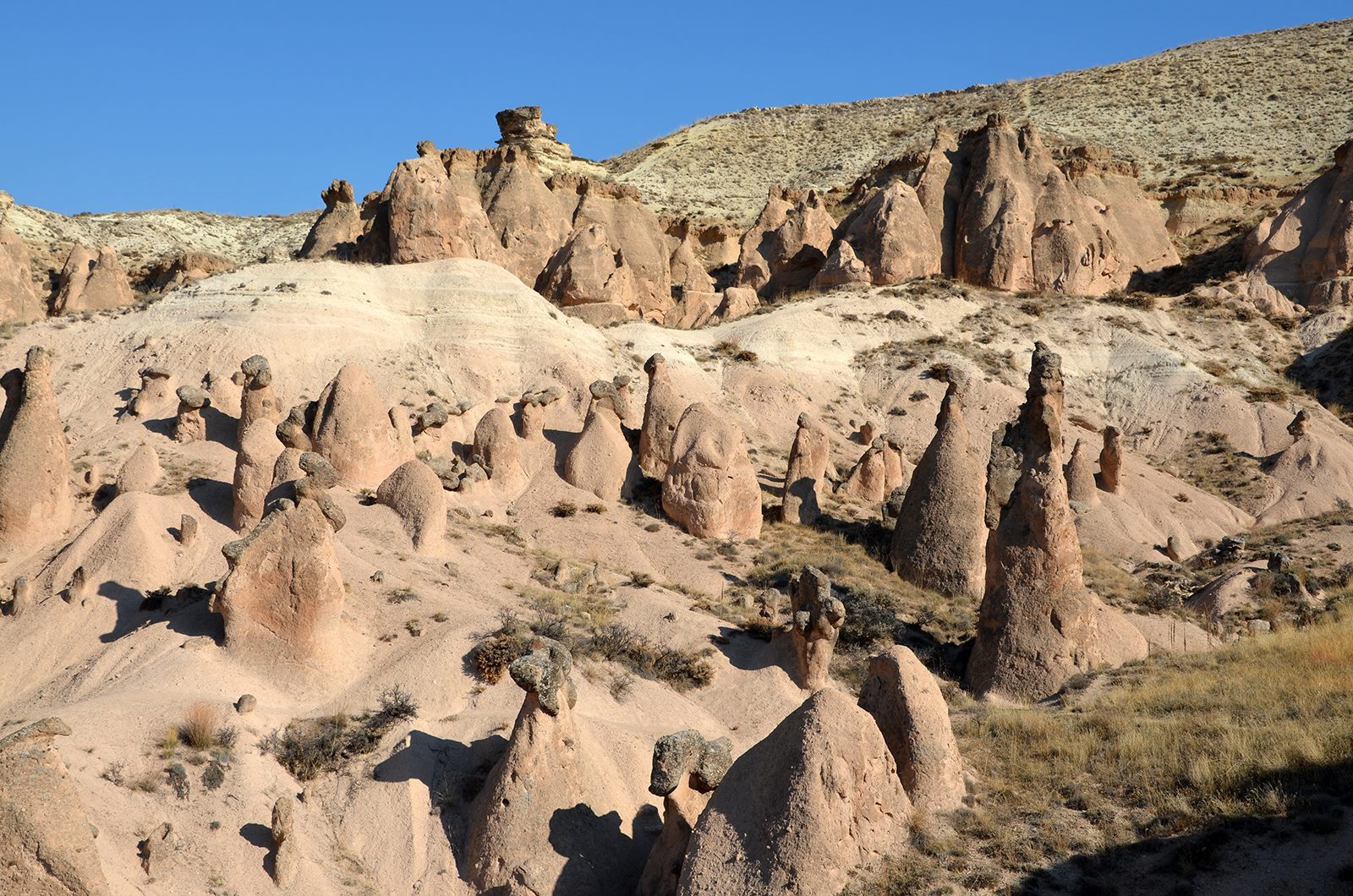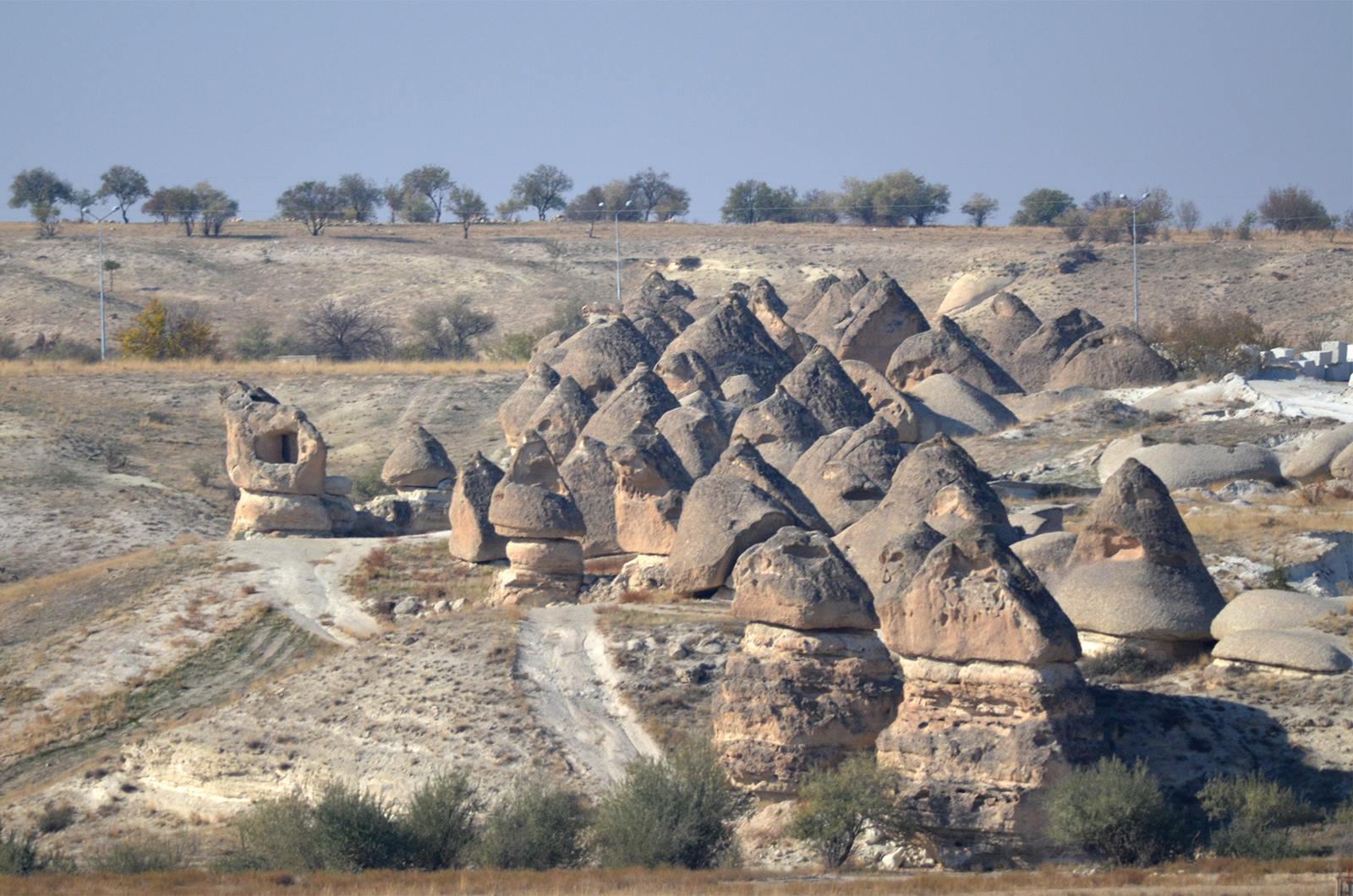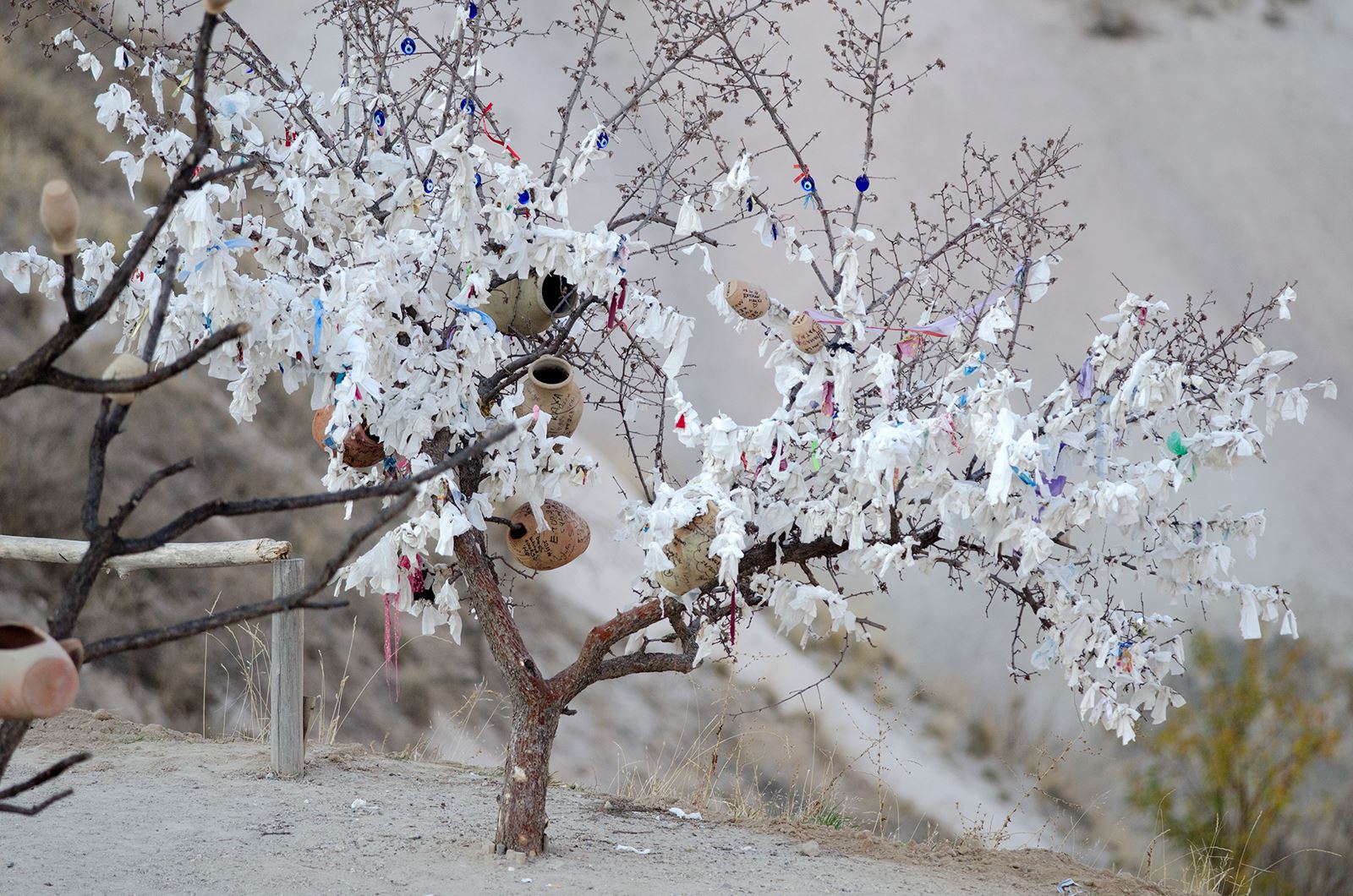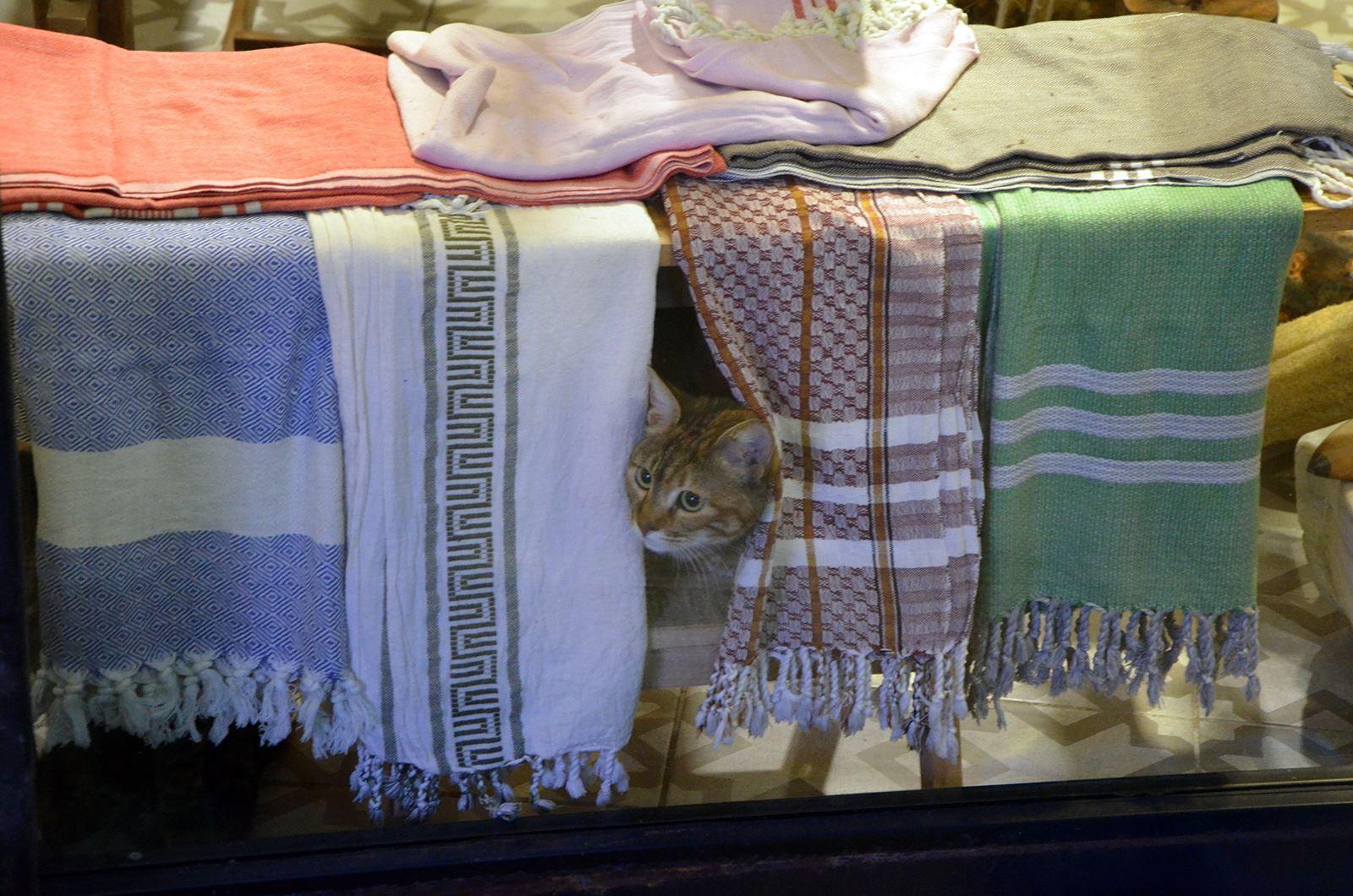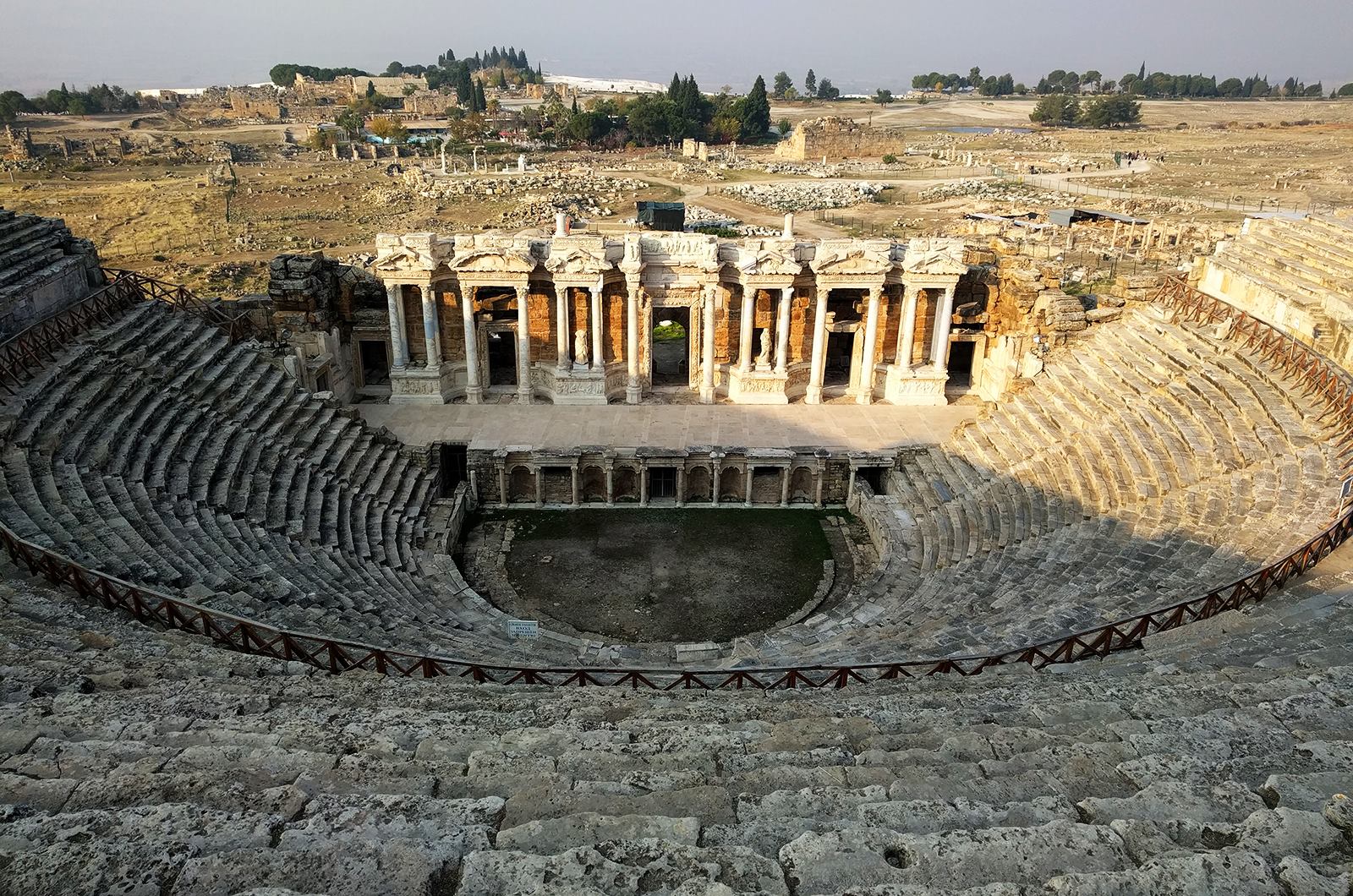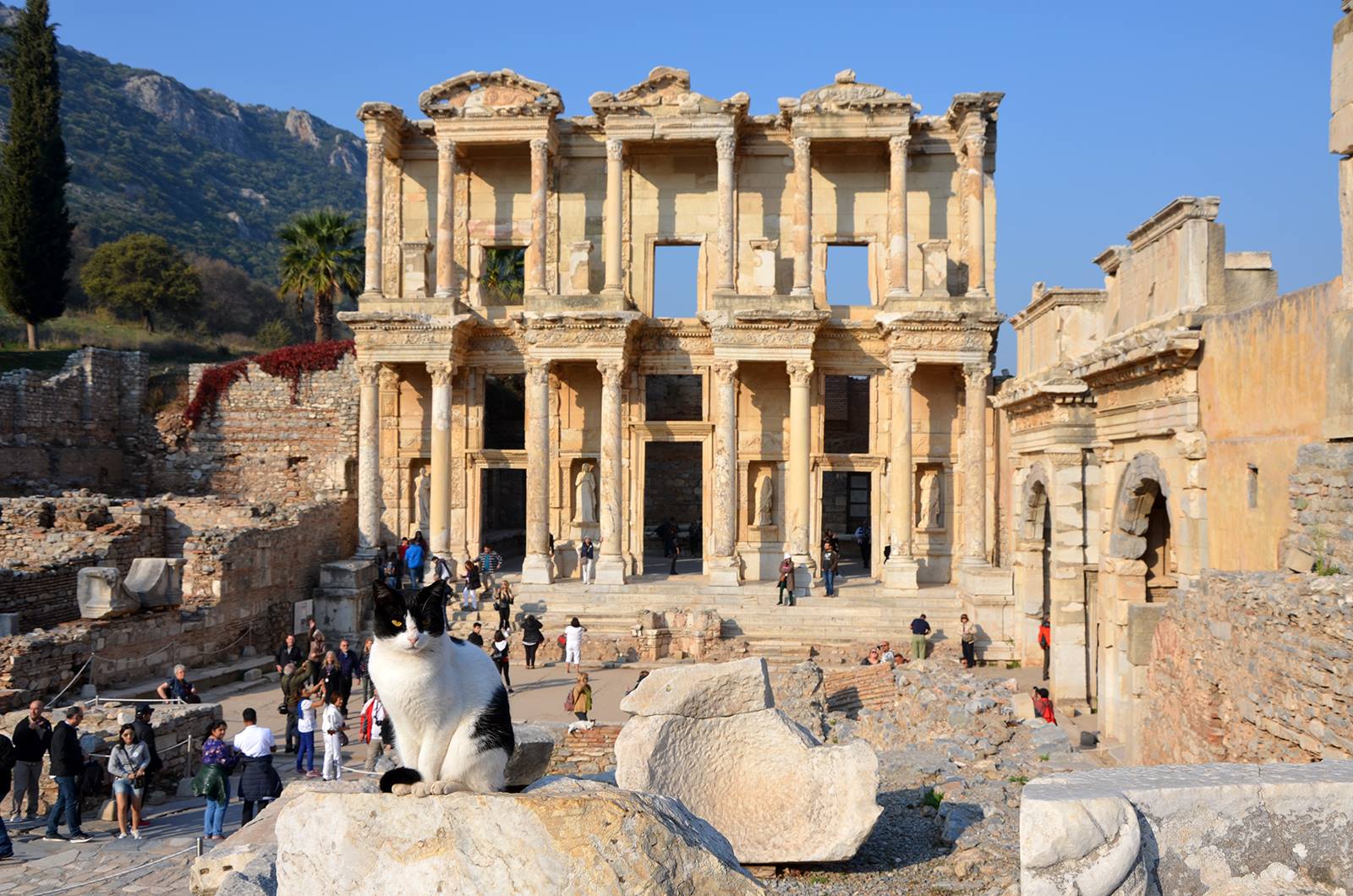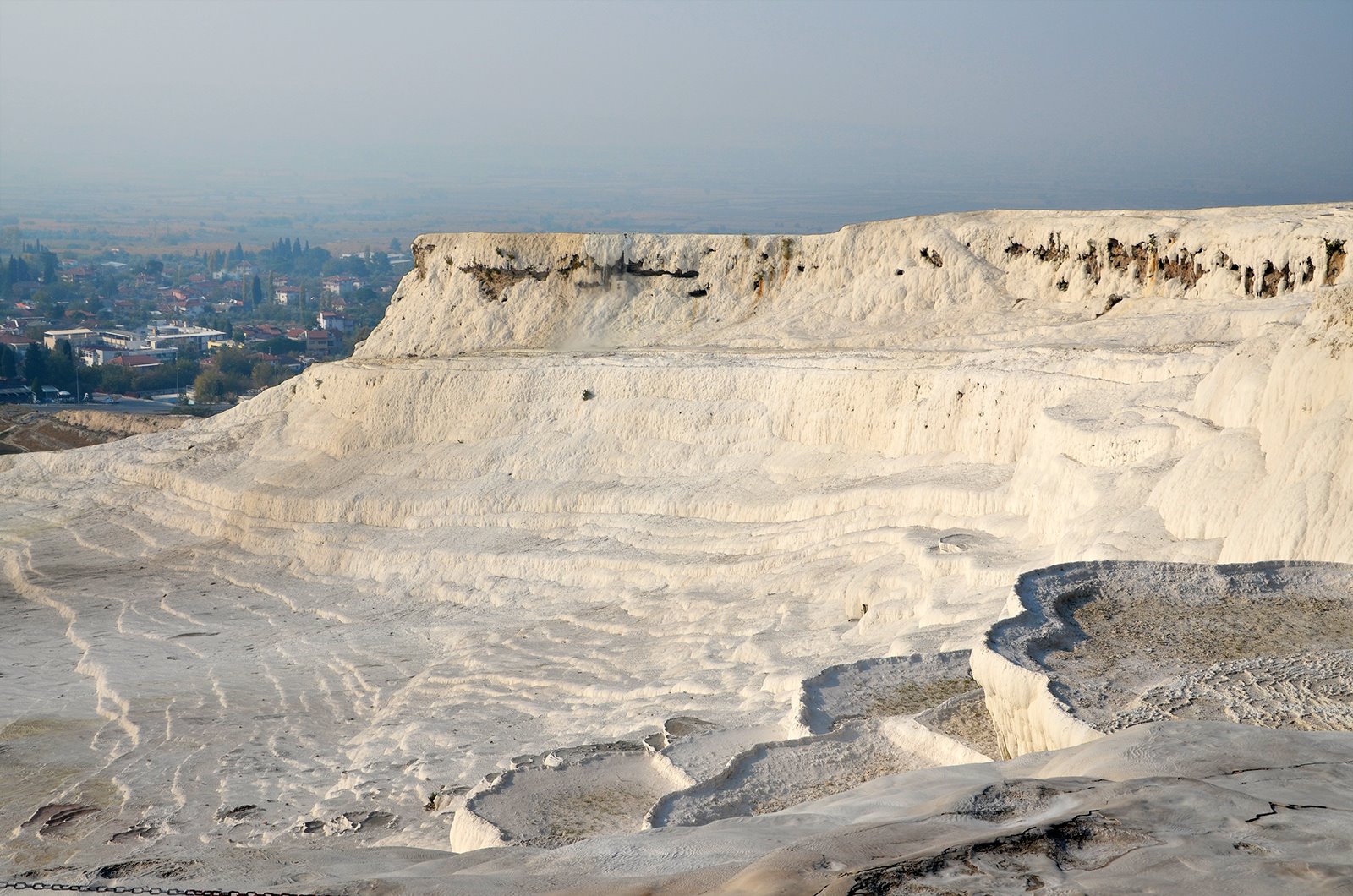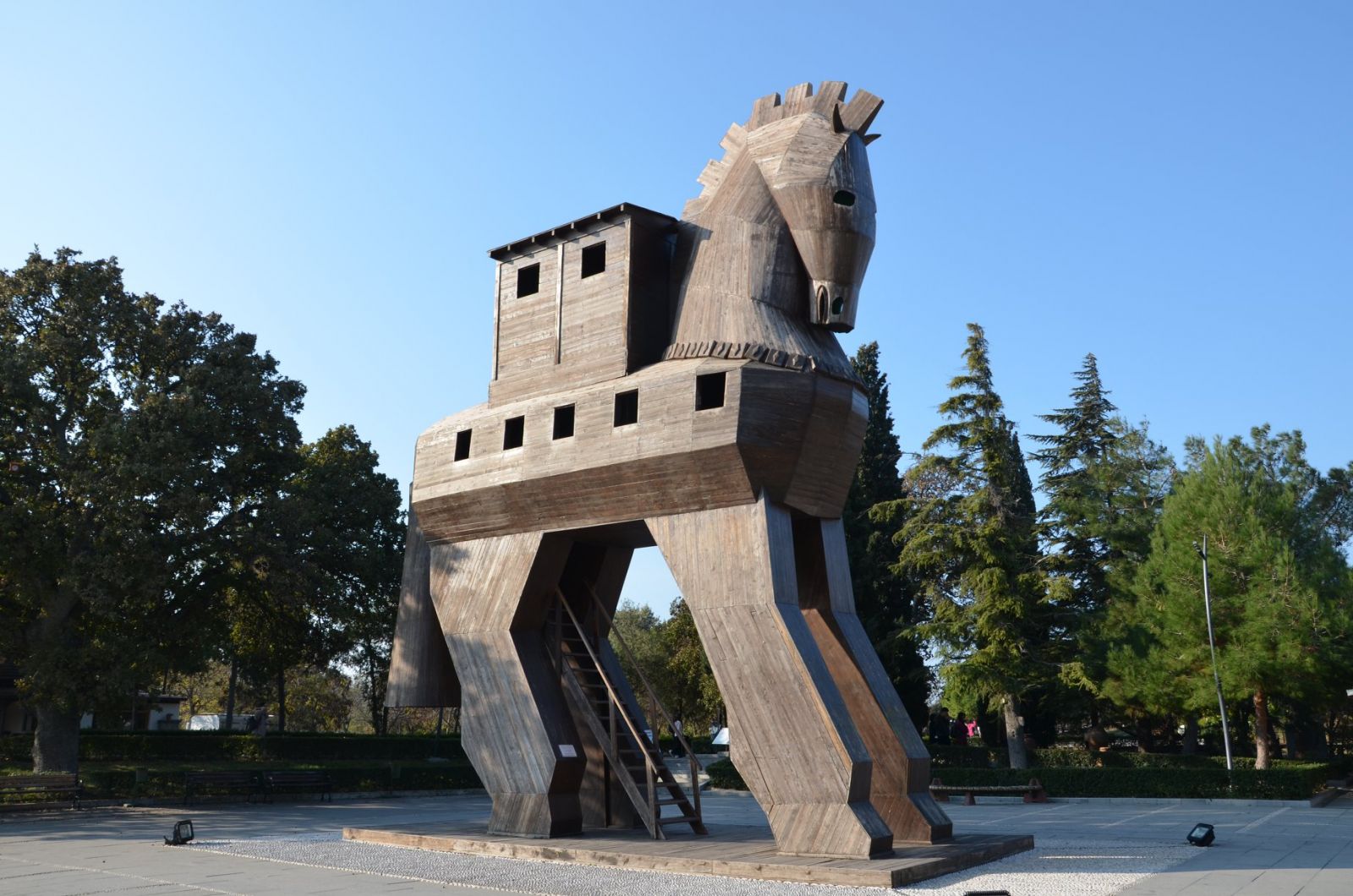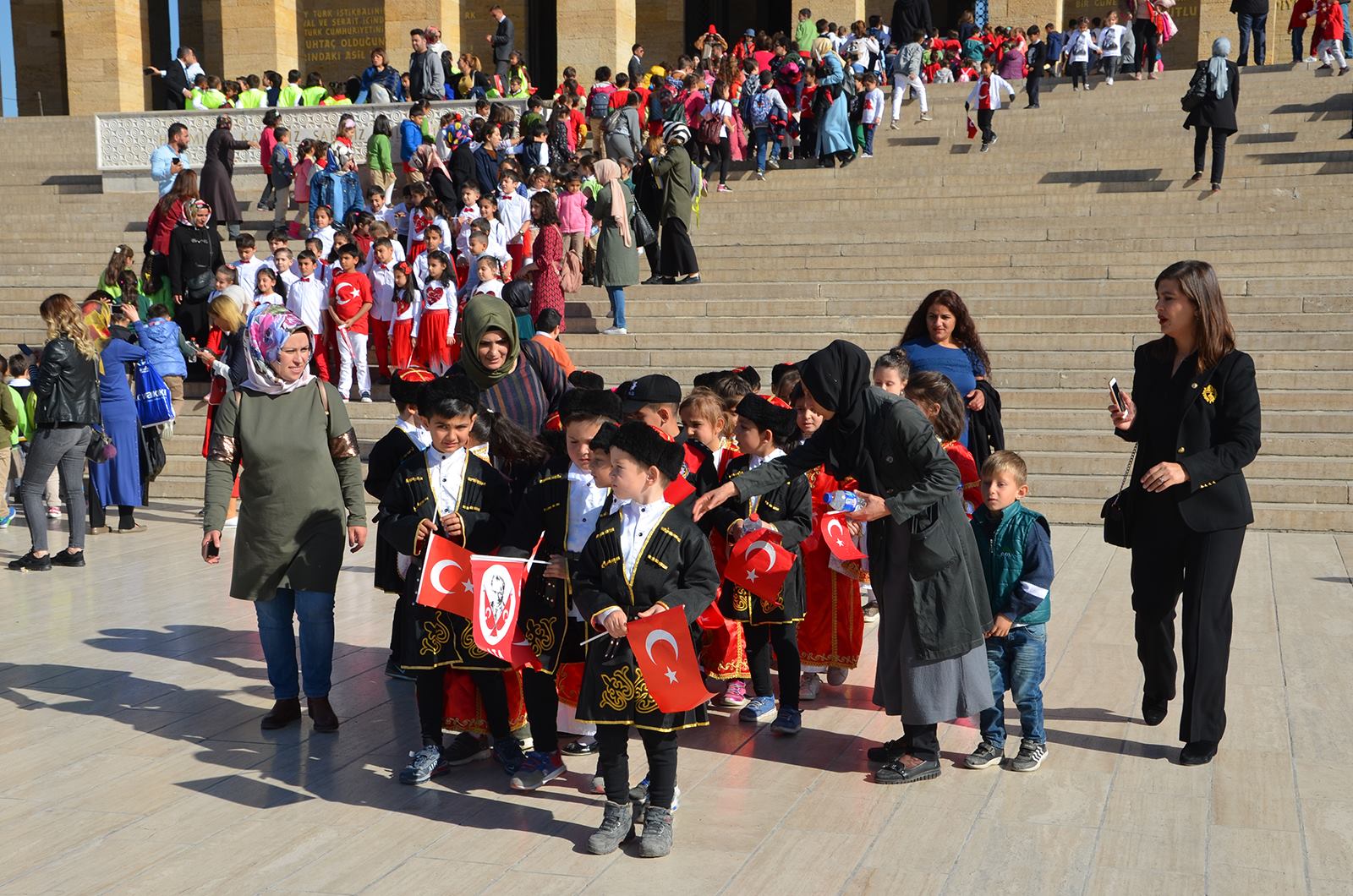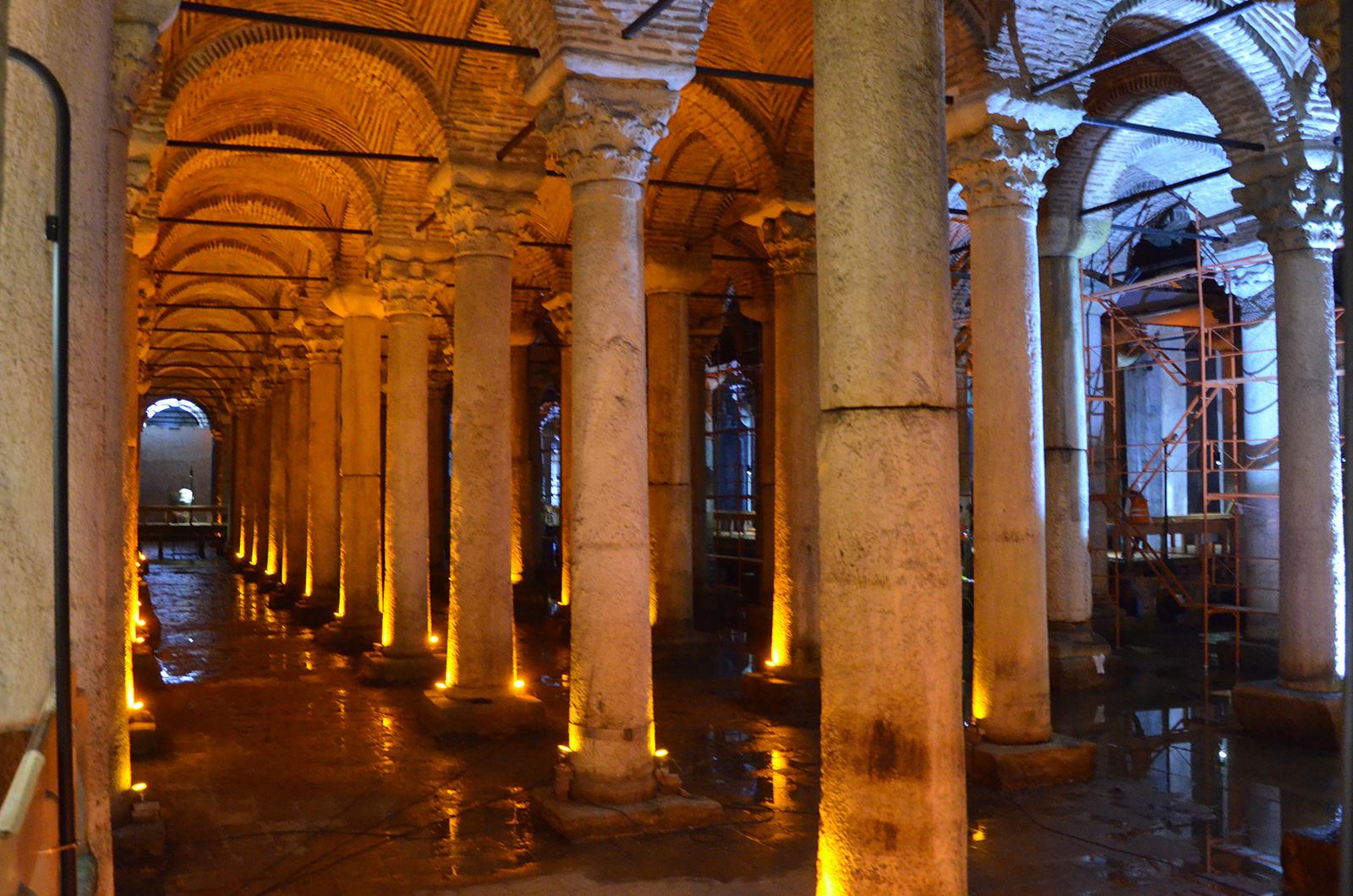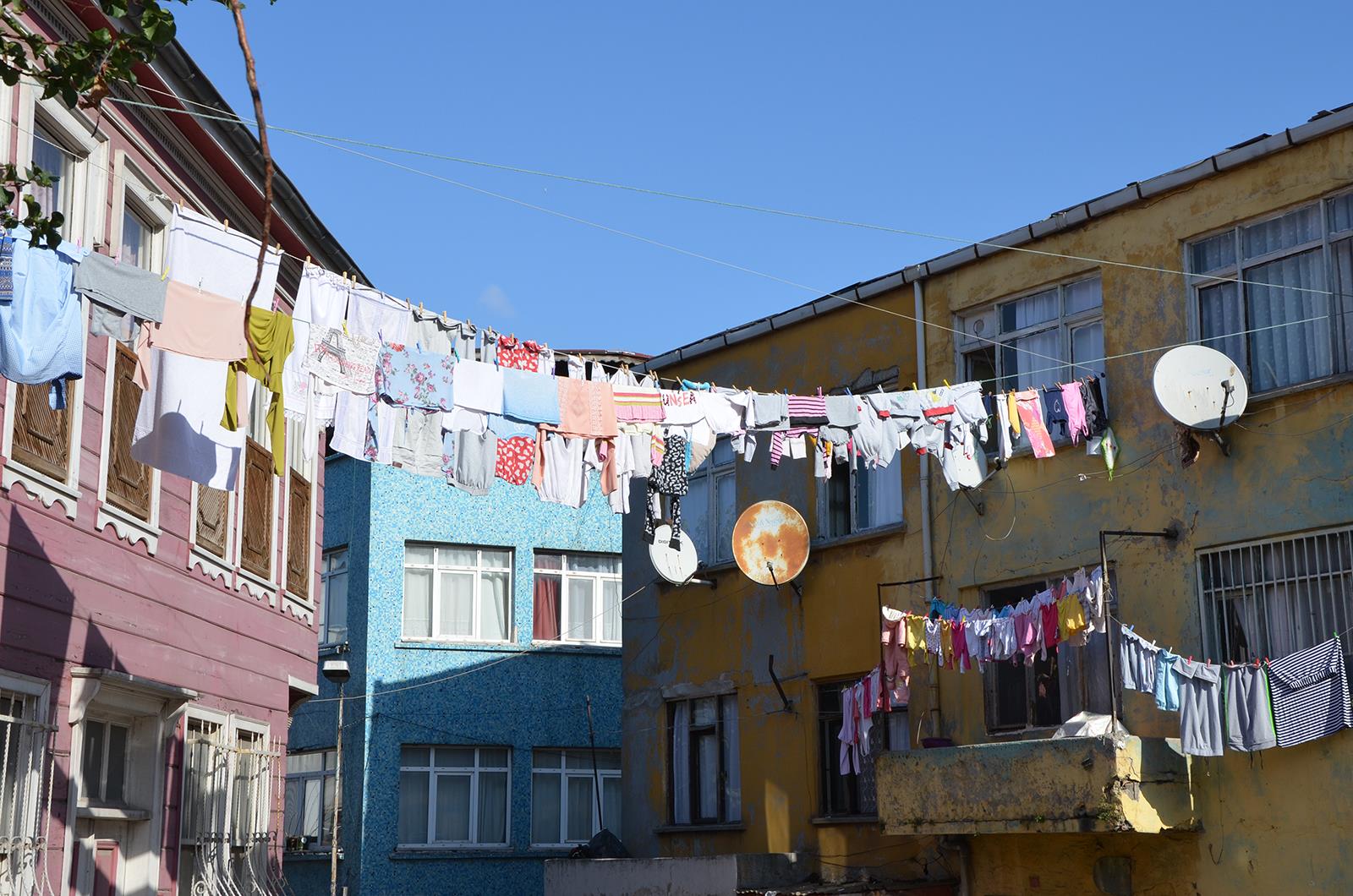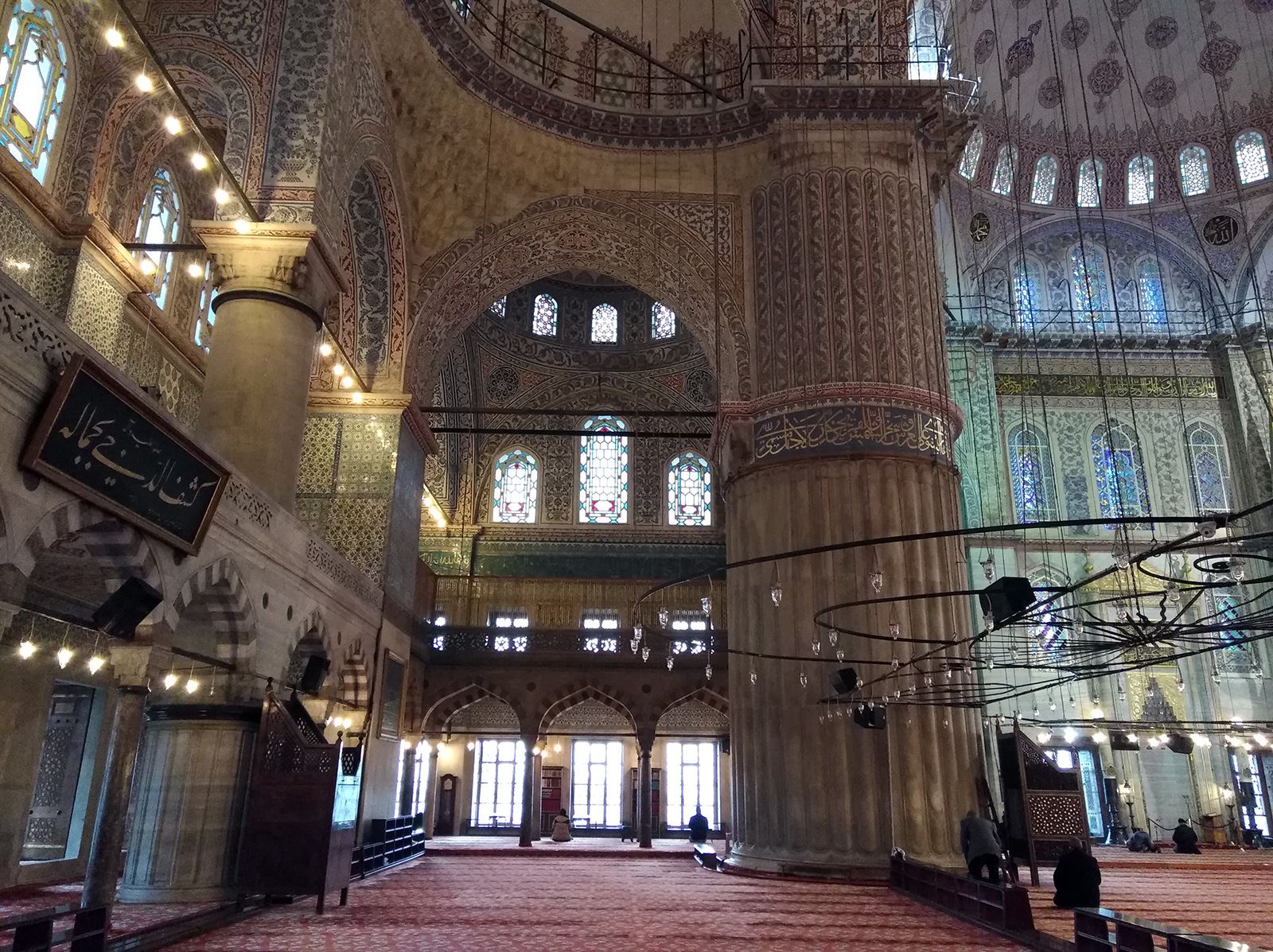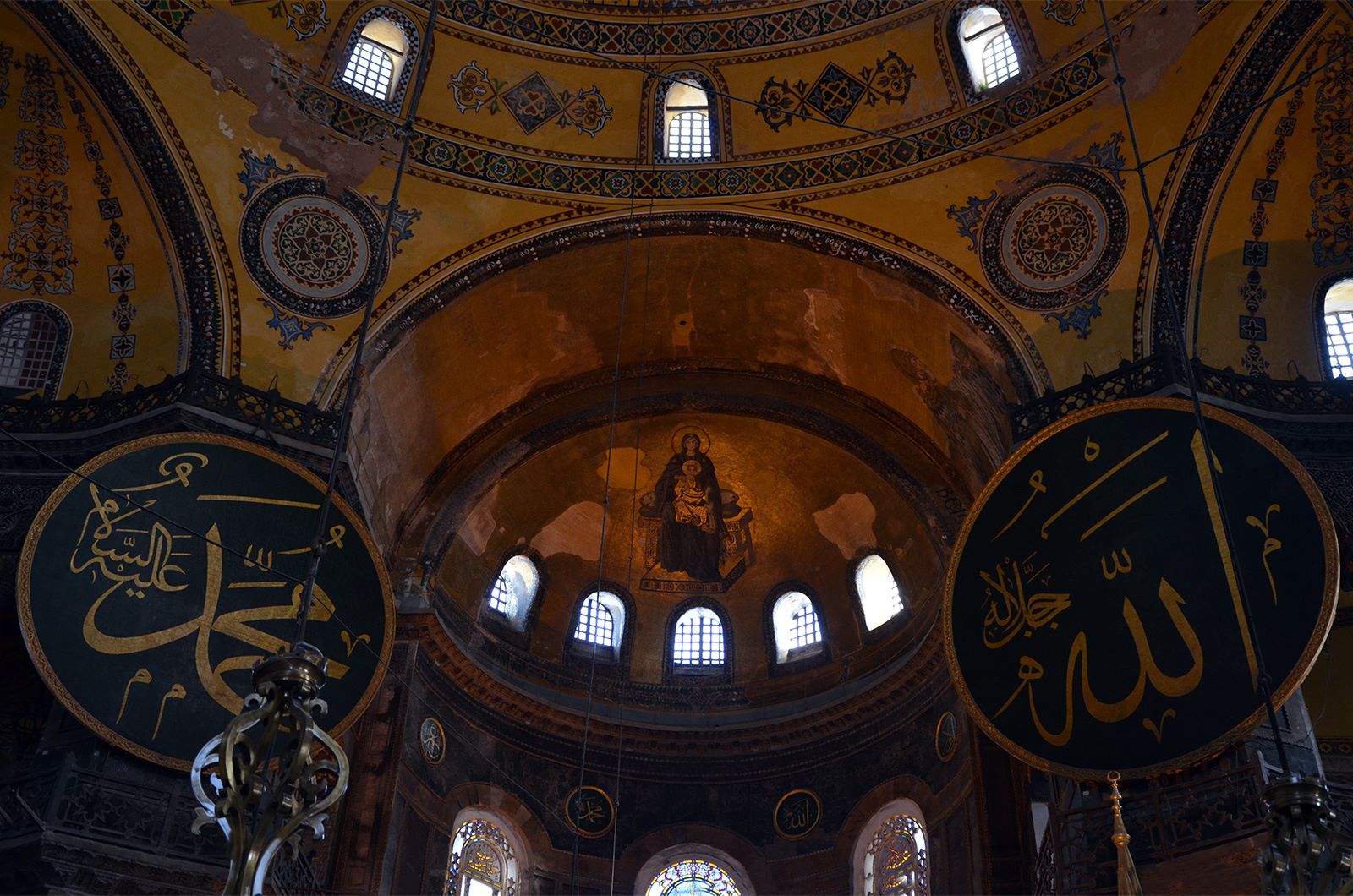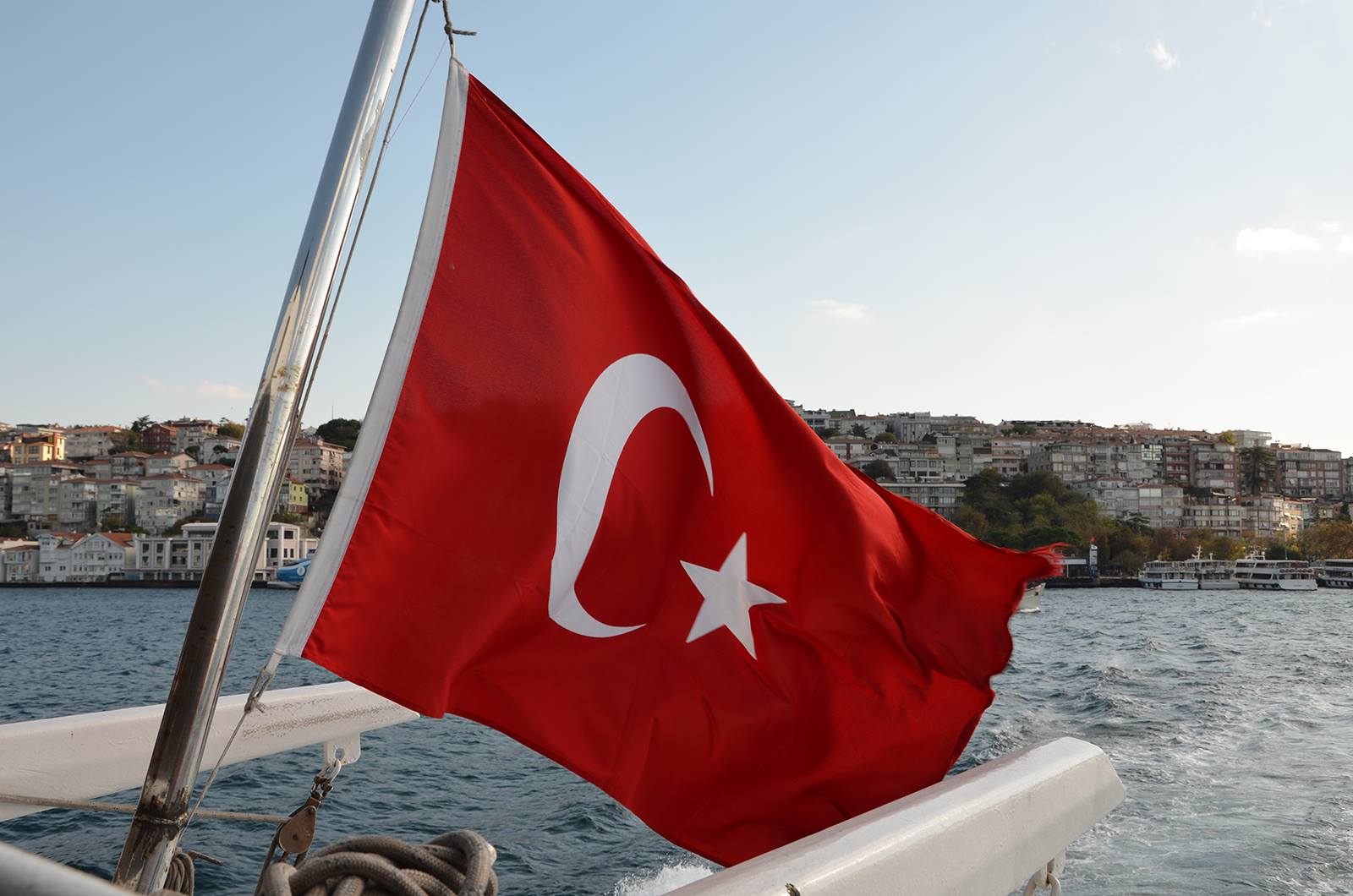Turkey
Discover rich cultural heritage and history
Introduction
Facts
Geography
Turkish art and culture
Turkish cuisine
Today’s nation owes much to one man: Kemal Atatürk. The founding father of the modern Turkish republic and its first president, his progressive reforms created a successful secular society. The present incumbent, Recep Tayyip Erdoğan is keen to promote the role of Islam.
Turkey’s many UNESCO World Heritage sites stretch across the country and include the historic core of Istanbul and the temple of Artemis at Ephesus, one of the Seven Wonders of the Ancient World. In the east, the ruins of Ani, dubbed the “city of 1001 churches”, was once the mediaeval capital of Armenia, while over to the west, Troy is best known for the legendary siege recounted in Homer’s Iliad.
But for many, Turkey’s enduring appeal lies in its extraordinary natural beauty. Its shores form one of the jewels of the Aegean, particularly the glittering Turquoise Coast. Inland, it dazzles too, especially on the mineral encrusted terraces of stunning Pamukkale and in the breathtaking drama of the fairy chimneys crammed into Cappadocia’s valleys.
Facts
Geography
Turkish art and culture
Turkish cuisine
Introduction
If you think you know Turkey, think again. This surprisingly diverse country was once a stopover on the ancient Silk Road, its territory a home for Romans, Byzantines and Ottomans, each of whom left their mark to contribute to Turkey’s rich cultural heritage and history.Today’s nation owes much to one man: Kemal Atatürk. The founding father of the modern Turkish republic and its first president, his progressive reforms created a successful secular society. The present incumbent, Recep Tayyip Erdoğan is keen to promote the role of Islam.
Turkey’s many UNESCO World Heritage sites stretch across the country and include the historic core of Istanbul and the temple of Artemis at Ephesus, one of the Seven Wonders of the Ancient World. In the east, the ruins of Ani, dubbed the “city of 1001 churches”, was once the mediaeval capital of Armenia, while over to the west, Troy is best known for the legendary siege recounted in Homer’s Iliad.
But for many, Turkey’s enduring appeal lies in its extraordinary natural beauty. Its shores form one of the jewels of the Aegean, particularly the glittering Turquoise Coast. Inland, it dazzles too, especially on the mineral encrusted terraces of stunning Pamukkale and in the breathtaking drama of the fairy chimneys crammed into Cappadocia’s valleys.
Some facts about Turkey
| Population | 84 million |
| Population density | 110 / km2 |
| Capital | Ankara |
| Major cities | Istanbul, Ankara, Izmir, Konya |
| Area | 783,562 square km (33,436 square miles) |
| Major languages | Turkish, Kurmanji (Northern Kurdish) |
| Major religion | Islam |
| Monetary unit | Turkish lira (TRY) |
| Time | +3 hrs (GMT) |
| Telephone country code | +90 |
